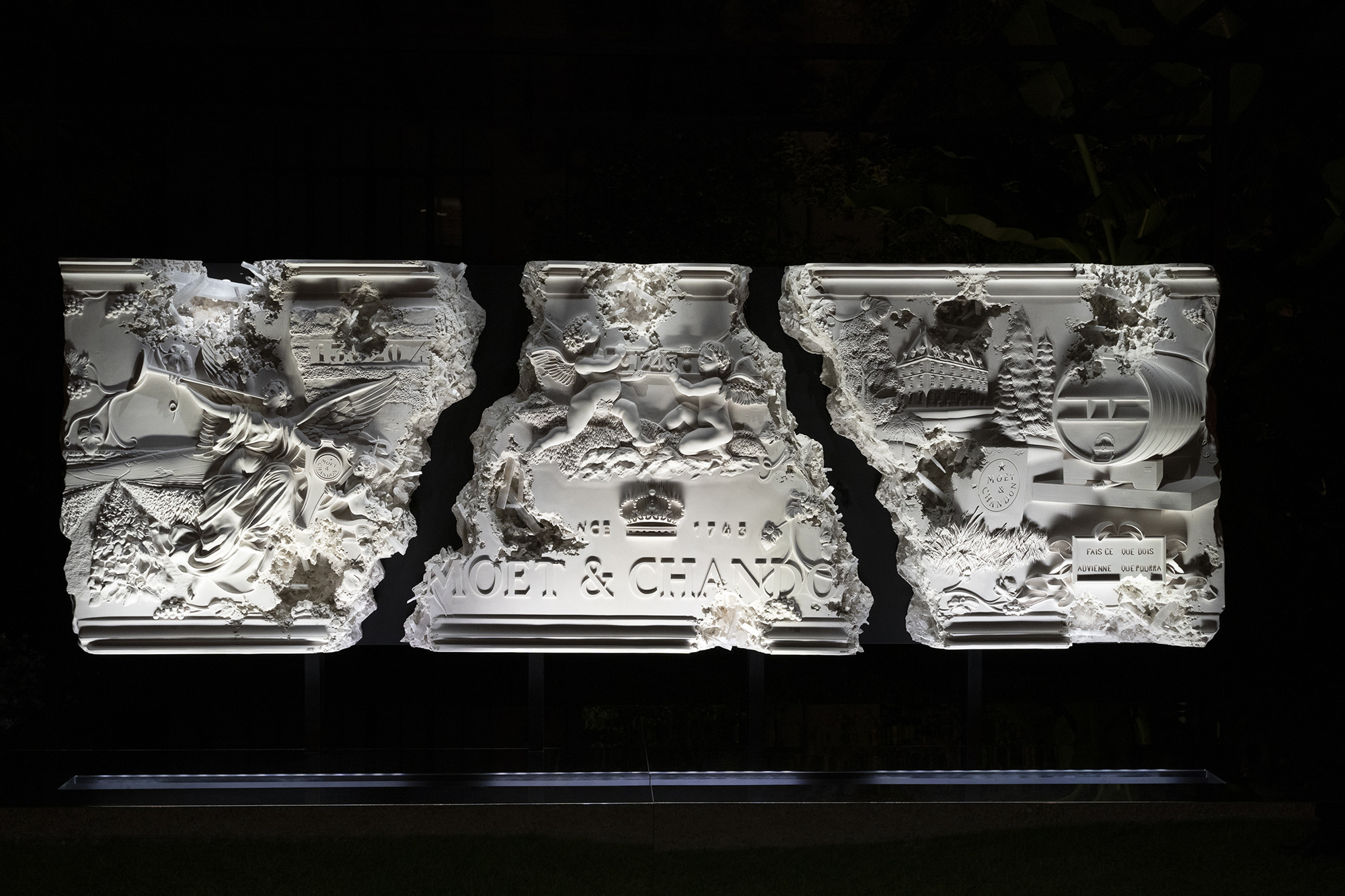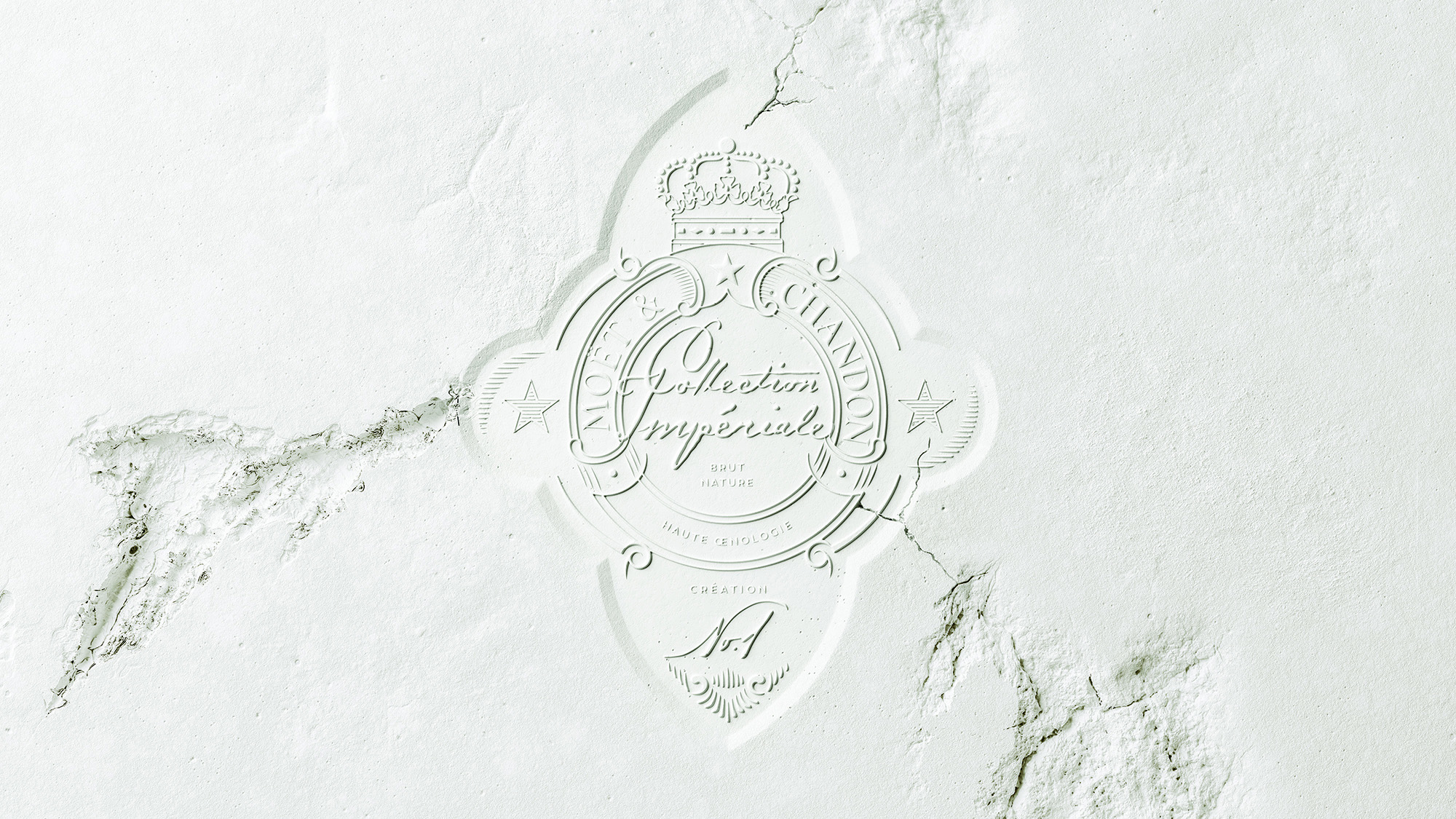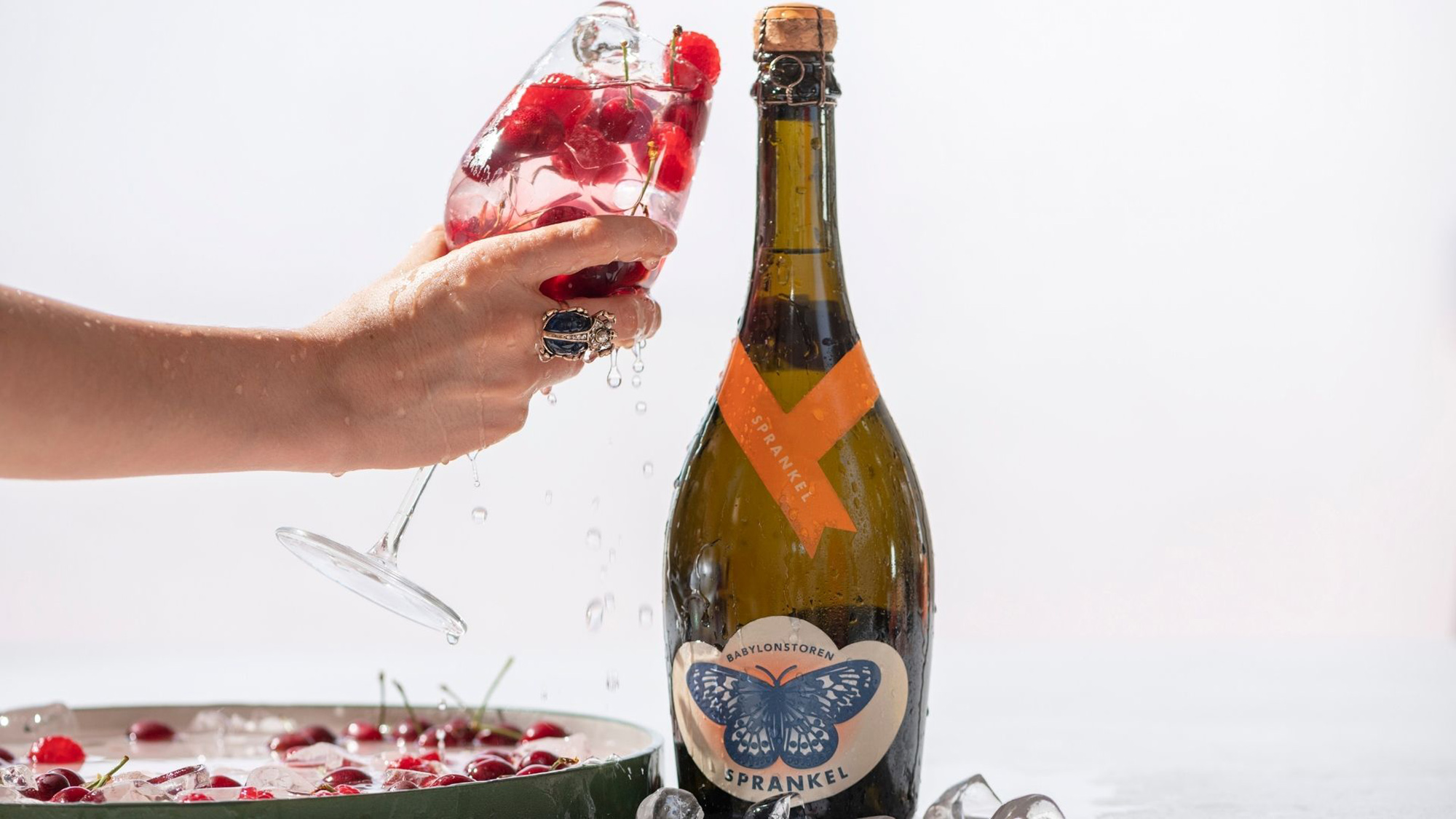
Effervesce Sense | First tastes in the wild
Karen Krizanovich sips from new releases by some of the champagne world’s heaviest hitters, in a variety of extraordinary locations

Karen Krizanovich sips from new releases by some of the champagne world’s heaviest hitters, in a variety of extraordinary locations

Strains of a harp float through the gloaming, revealing fire pits and white marquees in a woodland clearing. This is what a Bollinger Bacchanalia looks like: It is the launch of La Grand Année 2015 and La Grand Année rosé, two of the brand’s most delicious bottles I’ve ever experienced. Bollinger makes La Grand Année only in the best harvest years and only with grapes from the best sites. These, made by both Denis Bunner, Bollinger Chef de Cave and the late Gilles Descôtes, with over ten and twenty years with the brand respectively, have a magnificent pedigree.
Its array of swirling flavours dazzled my vocabulary into dumbness
Not many champagnes could vie with such an extraordinary setting. But, soundtracked by Gareth Wilkins, he of One Minute Harp Meditations, Nomad Dinners provided an open-air sensation, the perfect platform for Michelin Green Star Chef Chantelle Nicholson’s fantasy feast of venison and mushrooms, pairing and enhancing the champagne with the woodsy surroundings.

Bollinger La Grand Année
As for the taste, The Grande Annee Blanc hit me like a romantic thunderbolt. Its array of swirling flavours dazzled my vocabulary into dumbness. I look at my notes and cannot reach the words to sum up the taste. Rob Bellinger, who sat next to me at this woodland event, writes in Sphere that it has, “hints of cherry, Mirabelle plums, blackberry, and almond. On the second inhale there are scents of mango, vanilla and almost sandalwood.” There’s a rich and balanced body in the mouth and tastebuds are rewarded with elegant mellowed citrus, bright enough to capture the house style. The rosé is full of fruit but balanced, sweet and light, sweeping it is balance of fruits des bois, rhubarb and lush full strawberries. A cornucopia of citrus, stoney fruits and berries and its fine bubbles can only be achieved by very skilful winemaking. These bottles are perfect arguments for the greatness of the brand – elegant, chic, popular yet also exclusive. Bring a bottle of Bollinger and you’ll always be welcomed with open arms (and thanked with clean glassware).
A visit to Ashling Park (pictured top) in Funtington near Chichester – only a five minute cab ride from Chichester station – is one I wish I’d made earlier. This family-run vineyard has luxury lodges built by Will Hardie, some with roll-top baths with views across the vineyard’s grounds. With unique space for private events throughout the year, there’s a gin school where you can distil your own tipple (bottle it, name it and take it home), tours and a purpose-built tasting room. The vineyard’s restaurant menu focuses on the vineyard’s bees, wine, gin and other local delicacies. Dreamy balcony dining looks out over the vine canopy but the airy restaurant interior is just as nice.

Moët & Chandon Impèriale launch – relief by Daniel Harsham
Likened to Napa Valley in the English Countryside, Ashling Park, twice home for the Wine GB Awards, is designed to be perfectly simple, functional and yet aesthetically pleasing. You’d be hard pressed to find anything here that could be done better – its award-winning wines give a real taste of the region. Ashling Park Blanc de Blancs 2014 has flavours of cherry, marzipan and fresh green apple, lush and bright. The Cuvée Brut, a blend of 60% Pinot Noir, 10% Pinot Meunier and 30% Chardonnay has a citrus nose with swathes of red stone fruit tastes, while the Rosé 2014 is spicy, with star anise and clove. If you see a bottle, buy it. Better yet, stop in and taste, stay, dine any unwind in one of the smartest vineyard complexes west of London.
In the UK, it is likely your first experience of champagne was Moët & Chandon. This quite probable reasoning came from Karol D, the perfect dinner companion and Brand Manager of Moët & Chandon and Chandon Garden Spritz at Moët Hennessy UK. My first Champagne was Dom but, as that too is owned by Moët & Chandon via the luxury goods company LVMH Moët Hennessy Louis Vuitton SE, I surrender. The brand is the largest Champagne house in the world. Not only is it readily available but it also has one of the most diverse vineyards in the Champagne region. This puts them in the unique position of offering a type of champagne for everyone. As they say, this is a Champagne that is “easy to love”.

Moet & Chandon Collection Impèriale Creation No 1
Meeting in Carlton House, a stately Georgian town house off the Mall, the launch of Collection Impérial Creation No. 1 was commemorated in great style. First, a tidy bit of history by Mr Karol and Jacqueline Kobald the Champagne Ambassador for Moet Hennessy Brand paired with a chilled glass from a magnum of Moët and Chandon Impérial. But it was the brut nature on show this evening, a highly crafted bottle designed to pay homage to the house’s history. This includes the relationship begun in 1801 of Jean-Remy Moët, grandson of the Maison’s founder, and Napoléon Bonaparte, an acquaintanceship which was, as whispered at this very party, how sabrage came about. Napoleon, horse, sword, Champagne, whack. You know what I mean.
Made by current Cellar Master, Benoît Gouez, Collection Impériale Création No. 1 is a blend of seven vintages: 2013 Grand Vintage, aged in stainless steel tanks, 2012, 2010, 2008, 2006 and 2000, aged in oak casks, with 2004 rounding out the blend. This bottle is a complex, deep feast of flavours with no added sugar. Rooted in the House’s 280-year-old “savoir-vin”, Moët and Chandon keep one of the largest reserve wine libraries in Champagne. Like the friend who has everything, this allows the possibility of some remarkable wines. There are more to come as well. This celebration of the Maison’s 280th anniversary was also the start of the countdown to the house’s 300th year. A new Création will be released every two years until 2043. For now, though, the Créaton No. 1 is the epitome of Moët’s brut nature experience – deep, quenching, intriguing and very drinkable.

Sprankel
Those who know me also know I have a weakness, as should you, for South African Cap Classique, the sparkling wine made by the traditional method and established as a term in 1992. For luxury travellers, the name Babylonstoren will also be well-known: the destination farm, vineyard, spa and restaurants in Simondium, SA. Dating back to 1692, Babylonstoren is now a 200-hectare farm in the very heart of the famous Cape Winelands almost exactly between Franschhoek and Paarl. My first taste of Babylonstoren’s famous Sprankel was one early morning at the Chelsea Flower Show, this year with the headline sponsor of The Newt in Somerset. Amidst the pouring rain and mocking sun, this flagship sparkling is distinctly South African with a freshness and slight edge amid the bubbles. Newly named as Platter’s best Cap Classique for 2024, Sprankel’s 90% Chardonnay and 10% Pinot Noir blend is a uniquely fresh sparkling wine that cunningly keeps its crispness. If you want to capture the flavour of the Chelsea Flower Show 2024, Babylonstoren’s Mourvèdre Rosé is the show’s signature wine. Having tasted eight of Babylonstoren’s wines, the quality is there particularly for Chenin Blanc enthusiasts. Allure was large for Babylonstoren’s still red Nebukadnesar, a blend of Cabernet Sauvignon, Merlot, Cabernet Franc, Petit Verdot and Malbec. If you’re intrigued, check out their good value wine club too.
Lesser-known sparkling wines still surprise me. I was invited to Tim Atkin MW’s exclusive Best of Rioja 2024 tasting and almost said no – but Tim is a well-respected expert and compelling writer on the subject and the invitation was appreciated. I made a quick tour of the tasting room and was about to depart when I was whisked back to the tasting tables room by a knowledgeable wine PR who pointed me to a solo sparkling blanc. Glowing with a supernatural air, Lia Reserva Espumoso 2017 is a blend of Viura, Maturana Blanca and Garnacha Blanca grapes, creating a remarkable white espumoso – a generic word for sparkling – unique for Rioja as far as I know. Its breezy fruity nose smells like a best friend and the taste is a champagne whisper, subtle and beckoning. This unusual bottle is worth seeking out. C